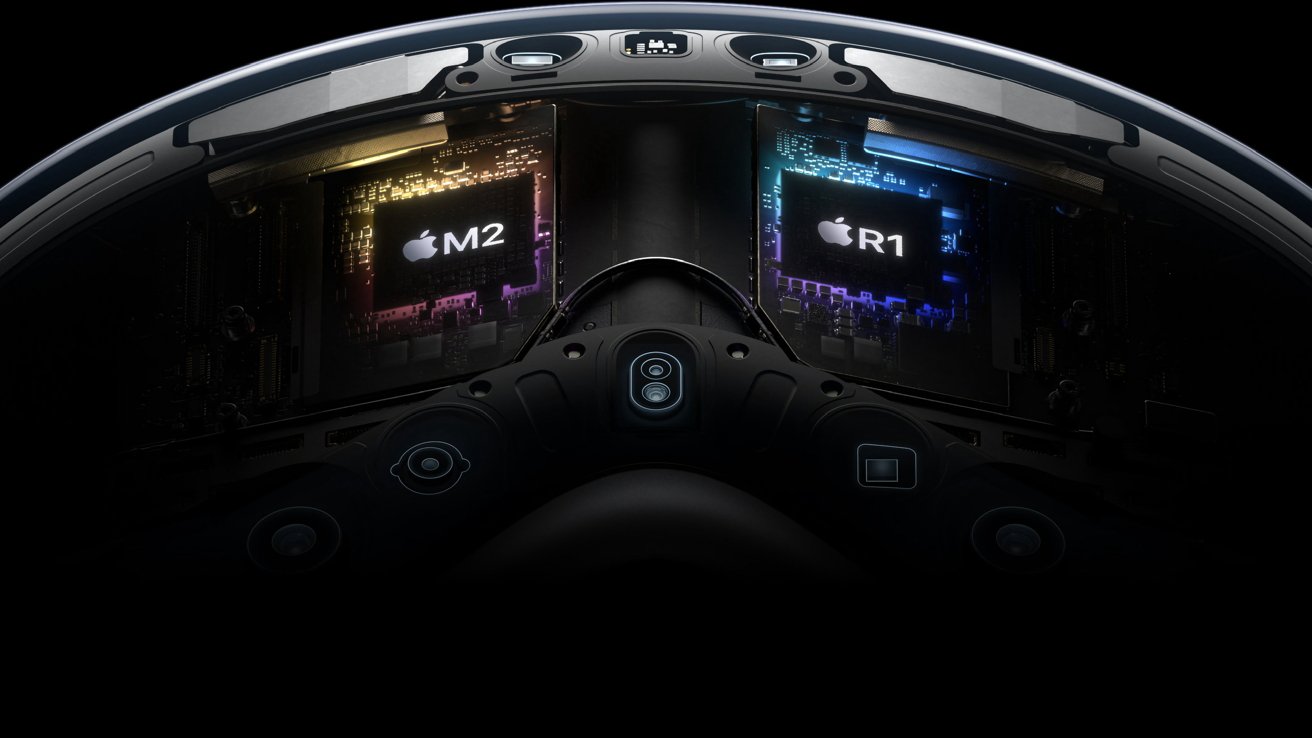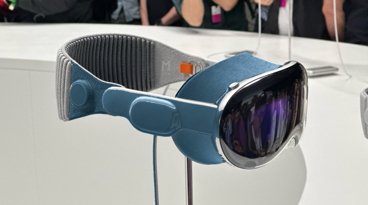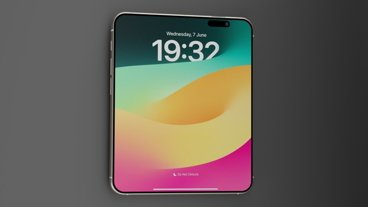The ultra-fast, short range 6GHz band has mostly been restricted to licensed commercial use until now, with the FCC permitting companies like Apple to use more of the band for unlicensed consumer products.
Apple, Microsoft, Facebook, and other companies petitioned the FCC in 2019 to gain unlicensed access to the full 1,200 megahertz spectrum of the 6GHz band. Rules to allow unlicensed devices to use 6GHz were drafted in 2020 and have finally passed on October 19, 2023.
According to a document published by the FCC, more of the 6GHz band is available for unlicensed use for very low power device operations. The distinction for very low power devices provides protections against interference to licensed uses, like what is used for telecom.
Devices can take advantage of high speed data transfers across short distances, as long as they operate in the U-NII-5 and U-NII-7 portions of the 6GHz band totaling 850 megahertz. While this information isn't actionable for consumers, it is useful for product development that will enhance what devices are capable of going forward.
The FCC previously opened up a range of the 1,200 megahertz of spectrum between 5.925 and 7.125 GHz. That FCC decision led to the implementation of Wi-Fi 6E and will lead to Wi-Fi 7.
For example, low power device operation at a close range could apply to CarPlay systems, future AirTag models, Apple HomeKit devices, and Apple Vision Pro. Expect the 6GHz bandwidth to become more important as devices run more data hungry operations.
 Wesley Hilliard
Wesley Hilliard


 Andrew O'Hara
Andrew O'Hara


 Malcolm Owen
Malcolm Owen
 Marko Zivkovic
Marko Zivkovic

 Chip Loder
Chip Loder
 Christine McKee
Christine McKee




-m.jpg)




6 Comments
Where is the "New" Airport PRO?...
Nothing to do with the article but I'm also going to chime in hoping to see apple bring back the Airport line with modern standards. I am still using the several of the last generation base stations scattered around as hardwired wifi access points. I did switch my primary router to a Wifi 6 unit though.
I'll hop on the 6E/7 bandwagon at some point. Thankfully I don't live in a dense wifi environment so the older equipment works pretty well.
I think Apple has firmly decided to leave the conventional home networking business behind. That doesn’t mean they can’t deliver a networking product of a different kind, one that delivers all of the capabilities of a conventional router, WiFi access point, etc. But whatever they built would have to have to have a strong tie-in with one or more elements of Apple’s product portfolio and ecosystem.